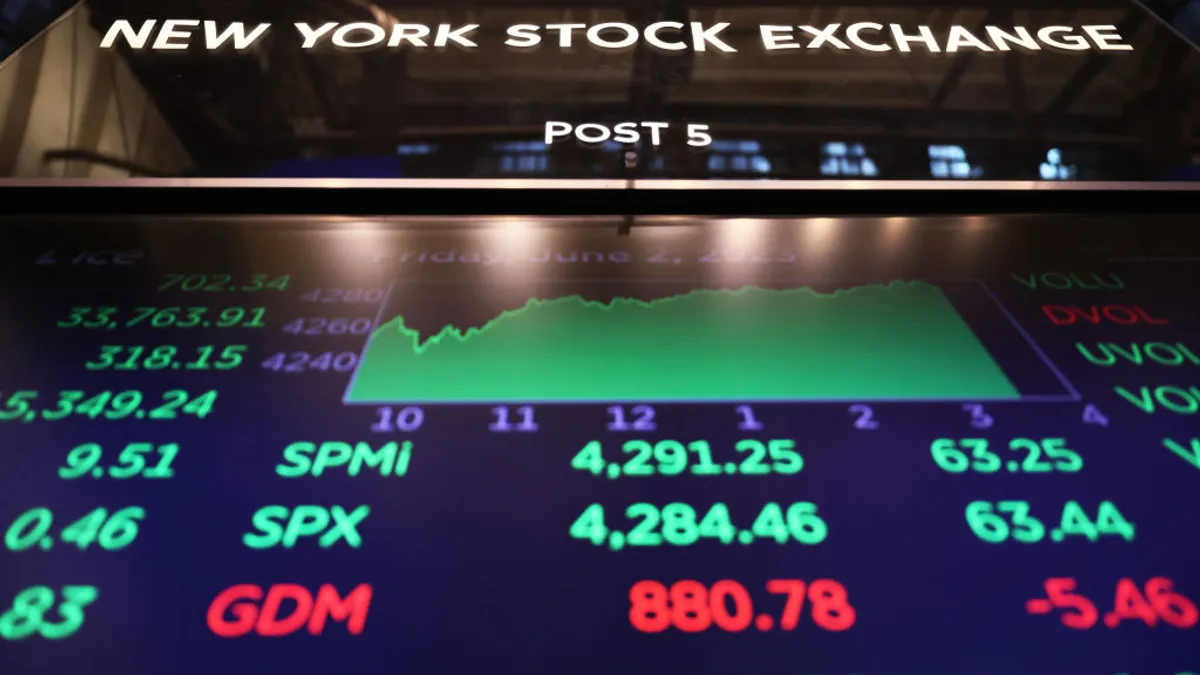Building an Innovation Supply Chain
Dr. Noubar Afeyan, managing partner and CEO of Flagship Ventures, discusses his thoughts on how pharmaceutical companies can create an “innovation pipeline."
PV: What is an innovation supply chain?
Afeyan: What I anticipate happening is a professionalization of the R&D and innovation interface that has the same level of detail and attention paid to material supply chains. The life sciences is an industry that is entirely based on new products, and new products need to be sourced, developed, and produced.
Under this new model, smaller companies with assets will find their way to larger development and distribution companies and engage in partnerships to create an innovation supply chain where the partners determine needs and opportunities. Then there is a sequence of steps that may start with academic researchers, combining development efforts with others, which would allow for a more efficient way of derisking the technology and getting to proof of concept earlier. This model eliminates random price inefficiency and the unpredictability that is built into the current system of funding innovation.
PV: Why do companies need to create an innovation supply chain?
Afeyan: All companies are looking to gain efficiencies in the way their production systems work. But when we look at the R&D side of the business — where products come from — the notion of a supply chain with attendant attention on how to get the right inputs to drive R&D production is nonexistent. The life-sciences business largely relies on a marketplace, almost like a bazaar, where people — small companies — bring their wares — technologies or early-stage drug candidates — and then pharma companies go shopping. This is a contrast to how the rest of their business is run.
A bazaar-type mentality is not a good way to supply a highly important industry. Right now, larger companies have armies of people who see hundreds of possible technologies and assets and they pick one. This is an inefficient model. Companies are concerned about the quality of what they buy, but they may be buying the wrong thing.
New companies are started randomly, and then they struggle to stay alive. There is a lot of failure. While some of that failure is because of the uncertainties and the challenges related to innovation, failure also happens because the people who are starting companies don’t have an entrepreneurial background and the processes by which innovation is being fostered are improvised.
PV: Can innovation be created in this way?
Afeyan: I absolutely believe that companies can, in an organized and repeatable manner, innovate to solve important problems without losing the benefits of serendipitous discoveries. This is something that we have been doing out of our VentureLabs unit for years, resulting in the creation of 26 companies, including Moderna. This process starts with an exploratory phase that specifically aims to generate hypotheses that could lead to ventures. These ventures bring together a combination of a very clearly specified unmet and potential solution, albeit not yet proven, in a way to create value.
Converting discoveries into innovative products can be done purposefully and systematically. It isn’t being done this way today. Innovation is haphazard and accidental. There is a lot of money, time, and talented careers being wasted.
I am encouraged by the sheer number of pharmaceutical companies trying so many new initiatives through venture funding, option deals, and incubators. These models will shift to a new way of relating discovery to the market. I believe this will lead to a more systematic approach to innovation.
PV: How can companies create an innovation supply chain?
Afeyan: Companies need to enforce more rigor and process and systemization at the early stage of innovation, especially with external sources. Innovation can come from academia, government research labs, or small companies that have scientists and engineers working on a problem.
Companies need to create a network to “source" their innovation through the hundreds of labs and smaller companies that exist.
We are beginning to see organizations form with the business model to professionally and systematically create companies around innovation with a view to becoming part of the ultimate supply chain that can feed into larger companies’ development pipelines.
Innovation Supply Chain in Action
AstraZeneca is one company that is applying the innovation supply chain concept to the discovery of new therapies. In March 2013, AstraZeneca partnered with Moderna Therapeutics, a Flagship Ventures company, to discover messenger RNA therapeutics for the treatment of cardiovascular, metabolic, and renal diseases, as well as cancer. Messenger RNA therapies enable the body to produce proteins in vivo. Using messenger RNA has the potential to reduce the time and expense associated with creating therapeutic proteins.
The partnership is focused on using Moderna’s technology platform to discover potential product candidates for AstraZeneca to develop. AstraZeneca has the option to select up to 40 products for development.
Dr. Noubar Afeyan, managing partner and CEO of Flagship Ventures, says collaborations such as this one for discovery-stage research could lead to a supply of innovations for pharmaceutical companies, giving them a competitive advantage.
















